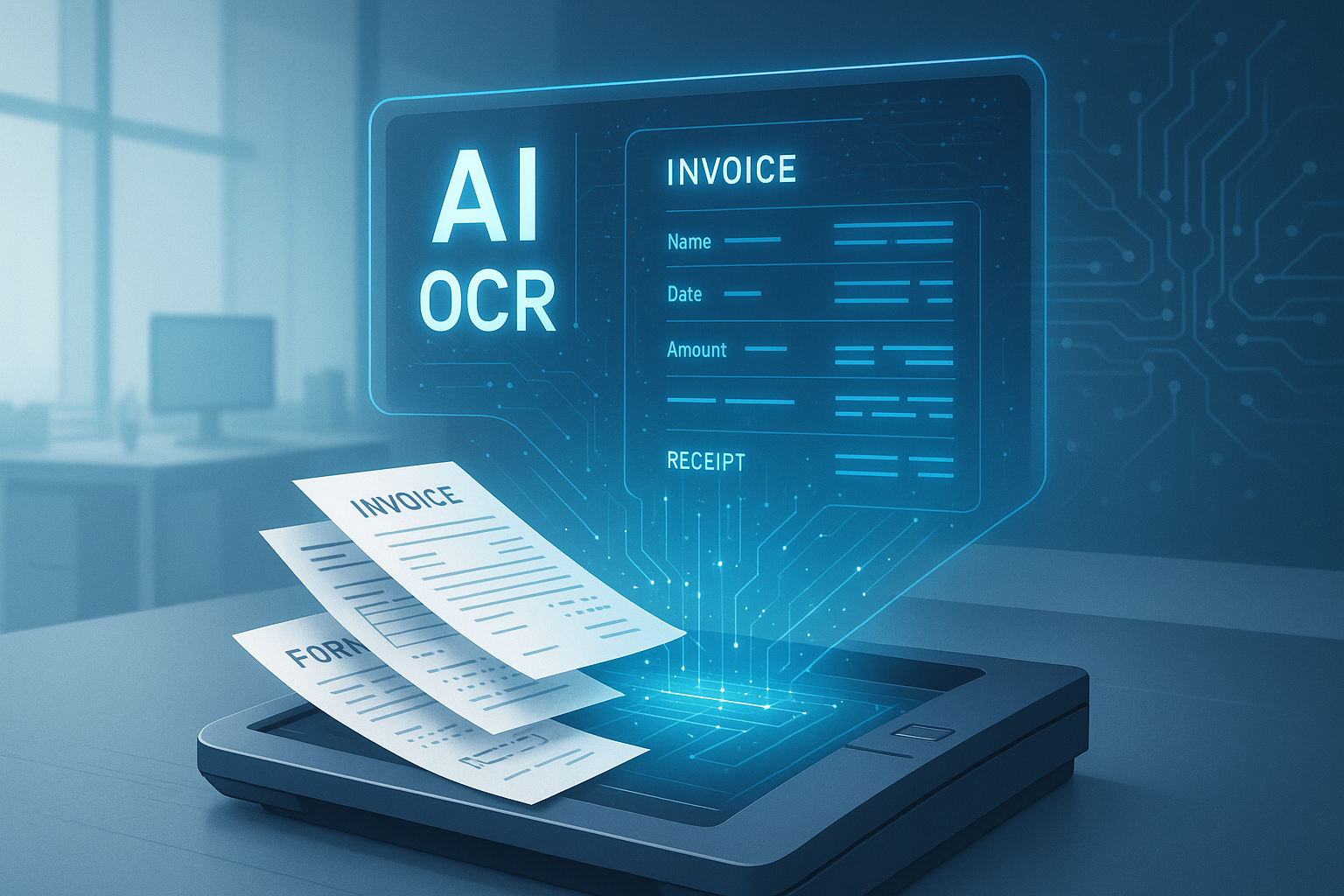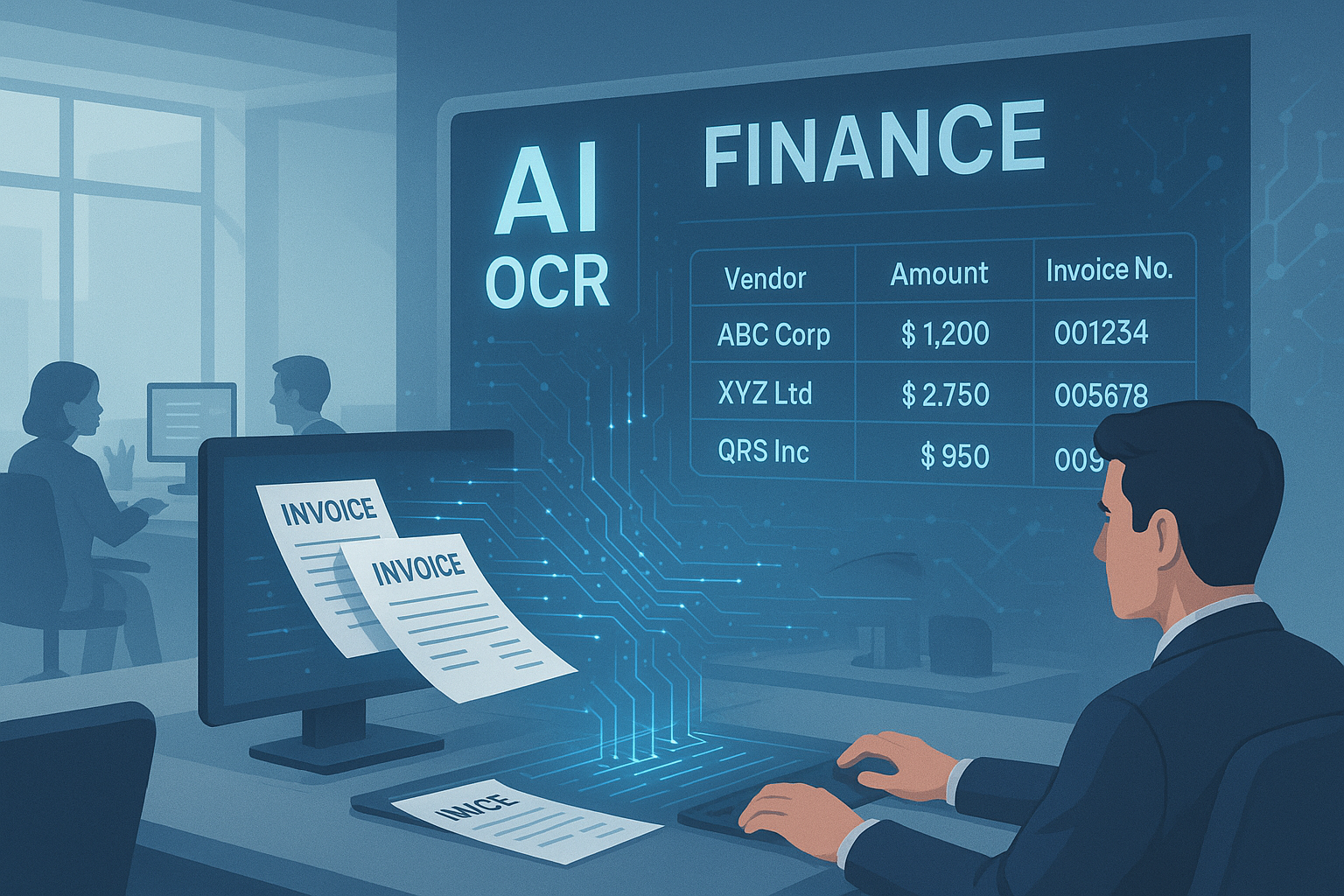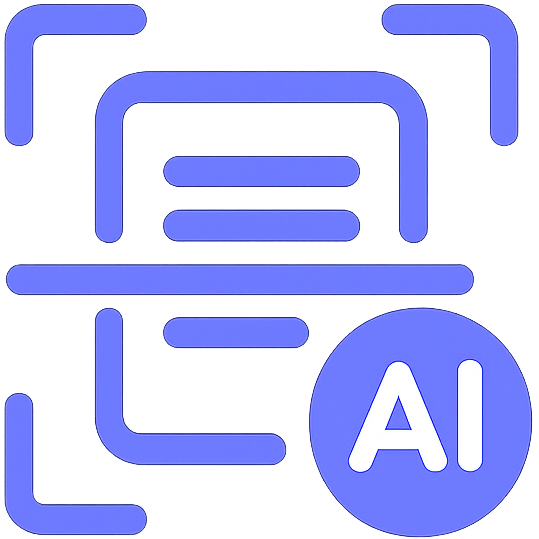Passport OCR: Revolutionizing Identity Verification with Automated Data Extraction
Discover how Passport OCR technology transforms identity verification processes, enabling faster, more accurate data extraction from travel documents while reducing manual errors

Table of contents
Introduction to Passport OCR Technology
In today's fast-paced digital world, manual verification of identity documents has become a significant bottleneck for businesses and government agencies. Passport OCR (Optical Character Recognition) technology has emerged as a game-changing solution that automates the extraction of critical information from passport documents, streamlining verification processes across multiple industries.
Organizations handling large volumes of passport verifications—from border control agencies to financial institutions and hotels—are increasingly turning to passport OCR software to eliminate manual data entry, reduce processing times, and enhance security measures.
Understanding Passport OCR: The Fundamentals
Passport OCR refers to specialized optical character recognition technology designed specifically to read and extract data from passport documents. Unlike general OCR systems, passport OCR is tailored to recognize the unique formatting, security features, and standardized elements found in international travel documents.
This technology can automatically extract various data points from passports, including:
- Personal information (name, date of birth, nationality)
- Document numbers and issuance details
- Machine Readable Zone (MRZ) data
- Biometric information references
- Visa stamps and entry/exit records
By leveraging advanced algorithms, passport OCR transforms physical document information into structured digital data that can be immediately processed by verification systems.
How Passport OCR Works: The Technical Process
The passport OCR process involves several sophisticated steps that work together to ensure accurate data extraction:
Document Capture
The process begins with capturing a high-quality image of the passport using a scanner, mobile camera, or specialized document scanner. Modern OCR for passport systems can work with various image qualities, though better images typically yield more accurate results.
Image Preprocessing
Once captured, the image undergoes preprocessing to enhance readability. This includes operations like:
- Deskewing (correcting document alignment)
- Noise removal
- Contrast enhancement
- Border detection and cropping
Text Recognition and Extraction
The core OCR engine then analyzes the preprocessed image to identify text characters. Advanced passport OCR software employs specialized algorithms that recognize both standard text and the specialized fonts used in the MRZ section at the bottom of passport pages.
Data Validation and Structuring
After extraction, the system validates the data against expected patterns and checksums. For example, passport numbers follow country-specific formats, and MRZ data contains verification digits that can be algorithmically validated to ensure accuracy.
Key Applications of Passport OCR Technology
Passport OCR technology has found applications across numerous sectors where identity verification is crucial:
Border Control and Immigration
Automated passport control gates at airports and border crossings use OCR to quickly process travelers. These systems can verify a passenger's identity in seconds, significantly reducing wait times while maintaining security standards.
Financial Services and Banking
Banks and financial institutions leverage passport OCR during customer onboarding for KYC (Know Your Customer) compliance. This technology enables faster account opening while ensuring regulatory requirements are met.
Hospitality Industry
Hotels and accommodation providers use passport OCR to streamline guest registration, eliminating manual copying of passport details and reducing check-in times.
Car Rental and Sharing Services
Vehicle rental companies employ passport OCR to quickly verify driver identities and create digital records of identification documents.
Benefits of Implementing Passport OCR Solutions
Increased Efficiency and Speed
Manual data entry from passports typically takes 1-2 minutes per document. OCR passport technology reduces this to mere seconds, enabling staff to process more customers and focus on higher-value tasks.
Enhanced Accuracy
Human data entry inevitably leads to errors. Studies show error rates of 1-3% for manual entry, while advanced passport OCR solutions achieve accuracy rates exceeding 99% for most fields.
Improved Customer Experience
Faster processing times translate directly to better customer experiences. Whether at airport immigration or hotel check-in, reducing wait times significantly improves satisfaction.
Cost Reduction
By automating data extraction, organizations can reduce staffing requirements for document processing and reallocate resources to more valuable activities.
Fraud Prevention
Advanced passport OCR systems include document authentication features that can detect potential forgeries by analyzing security features not visible to the naked eye.
Challenges and Considerations for Passport OCR Implementation
While passport OCR offers tremendous benefits, organizations should be aware of certain challenges:
Document Variation
Passports vary significantly between countries and even within countries as designs are updated. OCR systems must be trained on diverse document types to maintain accuracy.
Image Quality Dependencies
Poor lighting, blurry images, or damaged documents can reduce OCR accuracy. Implementing proper capture guidelines and hardware is essential for optimal results.
Privacy and Security Concerns
Handling passport data requires strict compliance with privacy regulations like GDPR, CCPA, and country-specific identity protection laws. Organizations must ensure secure processing and storage of extracted data.
Selecting the Right Passport OCR Solution
When evaluating passport OCR software options, organizations should consider several key factors:
Accuracy Rates
Look for solutions with documented accuracy rates, particularly for MRZ detection and reading various passport types from different countries.
Integration Capabilities
The best passport OCR solutions offer flexible APIs and SDKs that integrate smoothly with existing systems and workflows.
Processing Speed
In high-volume environments, processing speed becomes critical. Evaluate solutions based on their throughput capabilities under real-world conditions.
Deployment Options
Consider whether a cloud-based, on-premises, or hybrid solution best meets your security requirements and operational needs.
Support for Mobile Capture
For many use cases, the ability to capture passport data via standard mobile devices rather than specialized scanners can significantly enhance flexibility.
Future Trends in Passport OCR Technology
The passport OCR landscape continues to evolve with several emerging trends:
AI and Machine Learning Enhancements
Next-generation passport OCR systems leverage deep learning to continuously improve accuracy and adapt to new document types without explicit programming.
Integration with Biometric Verification
Combined solutions that pair passport OCR with facial recognition or other biometric verification create more robust identity verification systems.
Edge Computing Deployment
Processing passport data directly on capture devices reduces latency and addresses privacy concerns by minimizing data transmission.
Conclusion
Passport OCR technology represents a significant advancement in document processing and identity verification. By automating the extraction of critical information from passports, organizations can dramatically improve efficiency, accuracy, and security while enhancing customer experiences.
As international travel continues to grow and digital transformation accelerates across industries, passport OCR will play an increasingly vital role in streamlining operations and ensuring compliance with identity verification requirements. Organizations that implement these solutions gain competitive advantages through faster processing, reduced costs, and improved customer satisfaction.
Whether you're a software developer integrating OCR capabilities into your applications or a business professional seeking to optimize identity verification workflows, understanding the capabilities and implementation considerations of passport OCR technology is essential in today's digital-first environment.
Related Blog Posts

Revolutionizing Document Management with OCR Technology
Explore how AI-powered OCR technology transforms document management by digitizing text, streamlining workflows, reducing errors, and boosting efficiency across industries.

Smarter Invoice Processing: The OCR Advantage for Finance Departments
Learn how OCR technology revolutionizes invoice processing for finance departments by automating data extraction from invoices, reducing costs, and boosting accuracy. This guide covers OCR's benefits, AI enhancements, and practical steps to transform accounts payable operations

OCR APIs: The Secret Weapon Smart Finance Teams Are Using Right Now
Discover how OCR APIs transform finance teams by automating data entry from receipts and invoices, cutting processing time by up to 85%, and boosting accuracy to 98%. This guide shares real-world insights for modernizing financial workflows.
Ready to Transform Your Lending Process?
See how DocsAPI's AI-powered industry classification can help you process loans faster, improve accuracy, and scale your operations.
